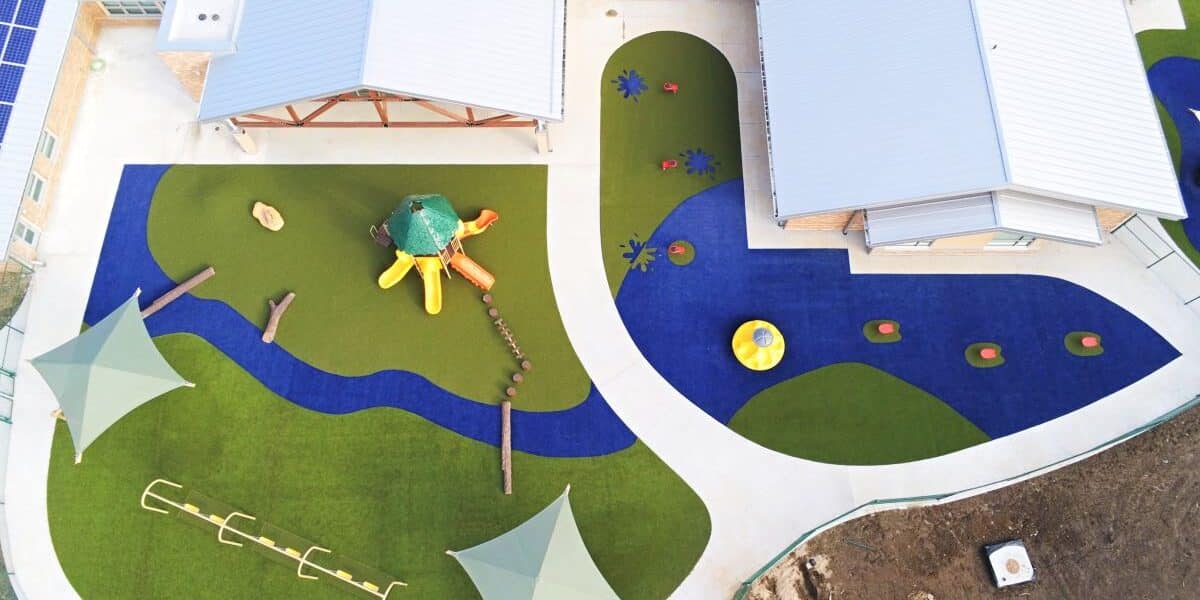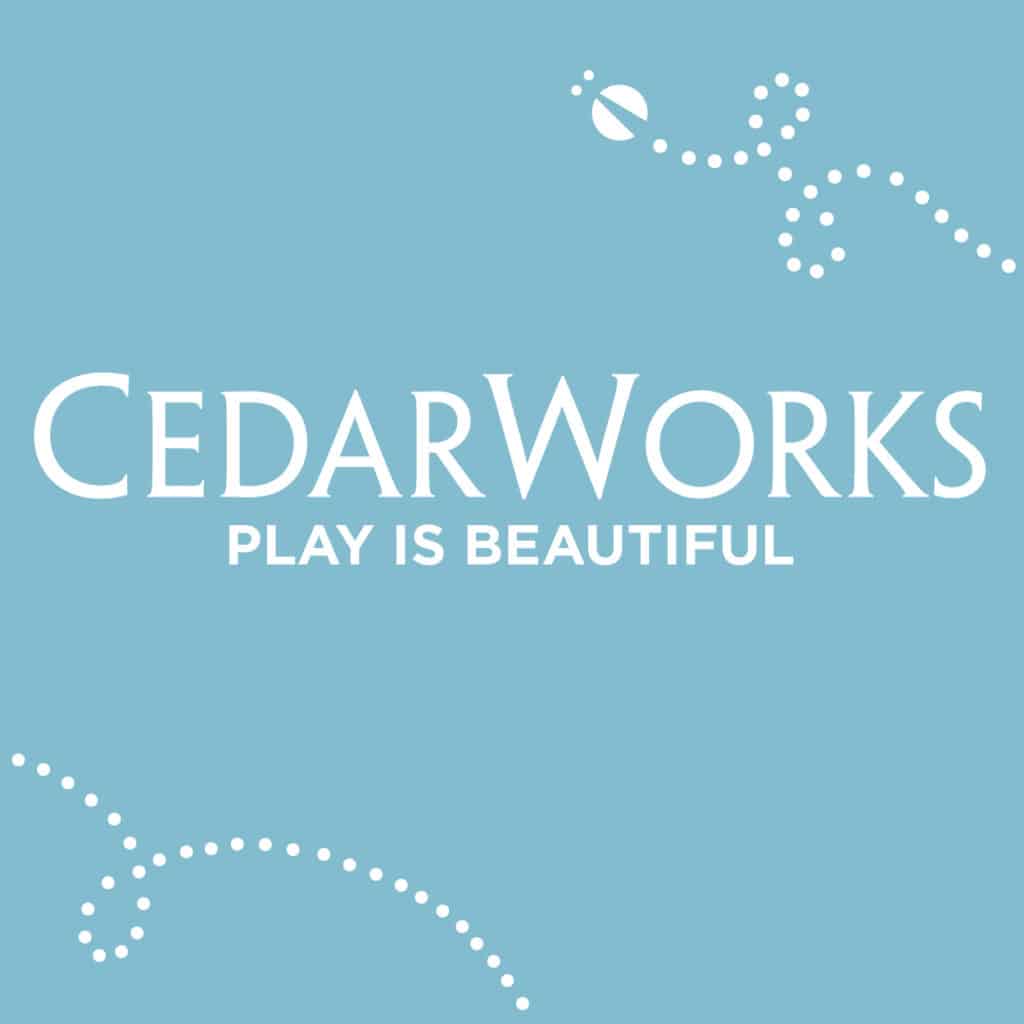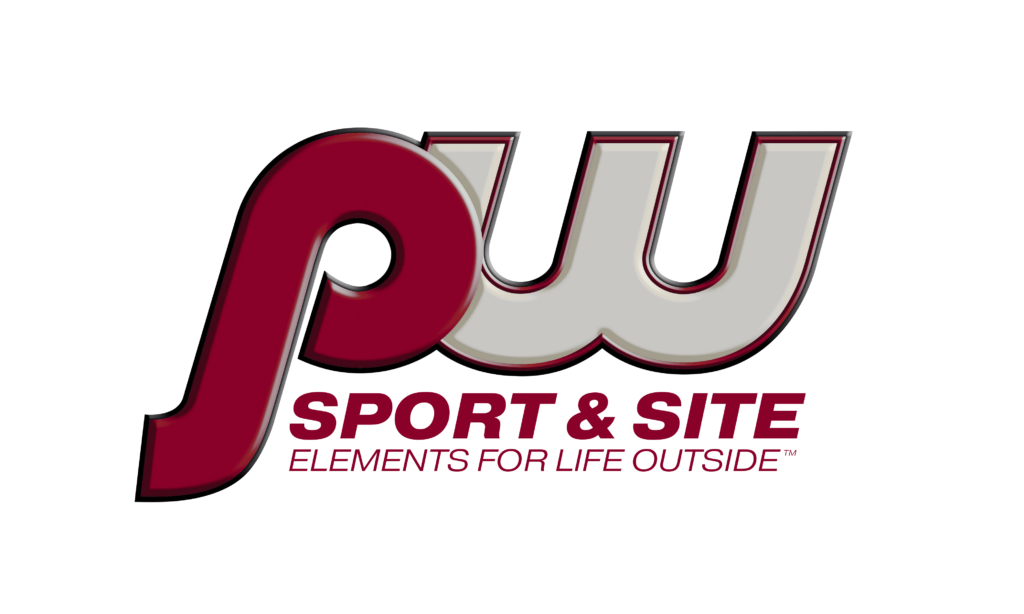School leaders often look for more than the basic construction, budgets and surfacing requirements when it comes to school improvements.
Promoting excellence and integrity are core values for parents and kids of non-traditional and Christian schools. We will explore some of those features here as it relates to the popularity of artificial turf.
Playgrounds play a crucial role in student development and teacher retention, so choosing the right surface is essential.
In a Christian school setting, a safe, nurturing environment reflects our commitment to caring for children, as well as staff. Parents need to trust that, at every level, their children are receiving attention, safety and education that can’t be found in traditional school setting.
The choices we make for our school playgrounds—including surface materials—play a significant role in promoting the well-being, safety, and enjoyment of our students.
Synthetic turf, an increasingly popular option, offers durable and low maintenance solutions that align with core stewardship principles.
Playgrounds contribute significantly to physical and social growth, encouraging children to build friendships and develop physical skills. For Christian schools, it’s vital to provide an environment where students can engage joyfully and safely.
While traditional materials such as wood chips, grass, and sand have been widely used, synthetic turf offers distinct advantages that enhance safety and usability, allowing educators to focus on holistic development.
Generally speaking, synthetic turf construction requires removing or regrading to a proper sub-base and then building back upward with a clean stone base to provide proper drainage. Depending upon proximity to playground structures, a safety pad is required to mitigate falling injuries.
From there, creativity knows no bounds. Some schools incorporate colorful trample zones, pathways, logos and even mounds.
Synthetic turf is safest when produced domestically as U.S.-based manufacturers test heavily against materials that could cause harm.
Additionally, they tend to support local turf businesses through distributor networks and provide stronger warranties. These factors become more critical when you consider your long-term investment.
To manufacture artificial grass, you begin with a masterbatch – the basic ingredients of resins, antimicrobials and antistatics that are extruded into strands of fiber. When spooled, they are fed into a 15-foot-wide “sewing machine” where they are tufted into a two-part backing.
This “fabric” is then coated on the back with soy-based polyurethanes to lock in the stitches and perforated to allow maximum drainage. One can expect anywhere from 400”-1100” per square yard per hour to drain.
Installation can be quite the construction process – but one that field teams are familiar with and coordinate well.
Depending upon whether the project is a new construction or refurbishment, you can expect a few days of grading and addressing drainage and then a few days of installation.
There are a lot of details in between, so please consult with a local authority to create the best outcomes.
Compared to grass or rubber surfaces, synthetic turf provides a consistently smooth and cushioned play area that maintains integrity over time.
Traditional surfaces can degrade or create uneven areas that may increase risks, while synthetic turf minimizes hazards, supporting schools’ commitment to student safety.
Synthetic turf is especially beneficial for Christian schools aiming to maintain ADA compliance and Fall Height Requirements to protect children, maximize play and keep the focus on curriculum – not mud.
Synthetic turf enhances the playground experience by offering year-round usability, even in challenging weather conditions. Available in a variety of colors and textures, it encourages creative and imaginative play, inspiring children to explore God’s world in meaningful ways.
Synthetic turf’s resilience also ensures that schools can maintain a beautiful, welcoming space, enhancing the educational environment without excessive maintenance, allowing schools to focus resources on mission-driven activities.
While synthetic turf may require a greater initial investment than traditional materials, its long-term value makes it an economical choice for Christian schools.
With significantly reduced water and maintenance requirements, it aligns with the principles of financial stewardship by decreasing ongoing expenses.
Schools can also explore funding options, including grants and purchasing programs such as BestWay, which can help manage installation costs and allow schools to responsibly allocate funds for academic growth.
The health and safety of each student are paramount in a Christian school setting. Synthetic turf undergoes rigorous environmental testing to ensure it meets safety standards for children, aligning with our values of providing safe, clean spaces.
With eco-friendly materials and low maintenance requirements, synthetic turf represents a commitment to environmental stewardship and a sustainable approach to school facilities, honoring God’s creation and serving the best interests of the students.
Colby Gingles is an experienced speaker with a strong foundation in sales and design. He frequently engages with architects, developers, and distributors, offering a well-rounded perspective on synthetic surfacing options. His primary focus is on educating his audience about industry trends, global projects, and innovations within SYNLawn, a leading global provider of artificial grass, www.synlawn.com.











